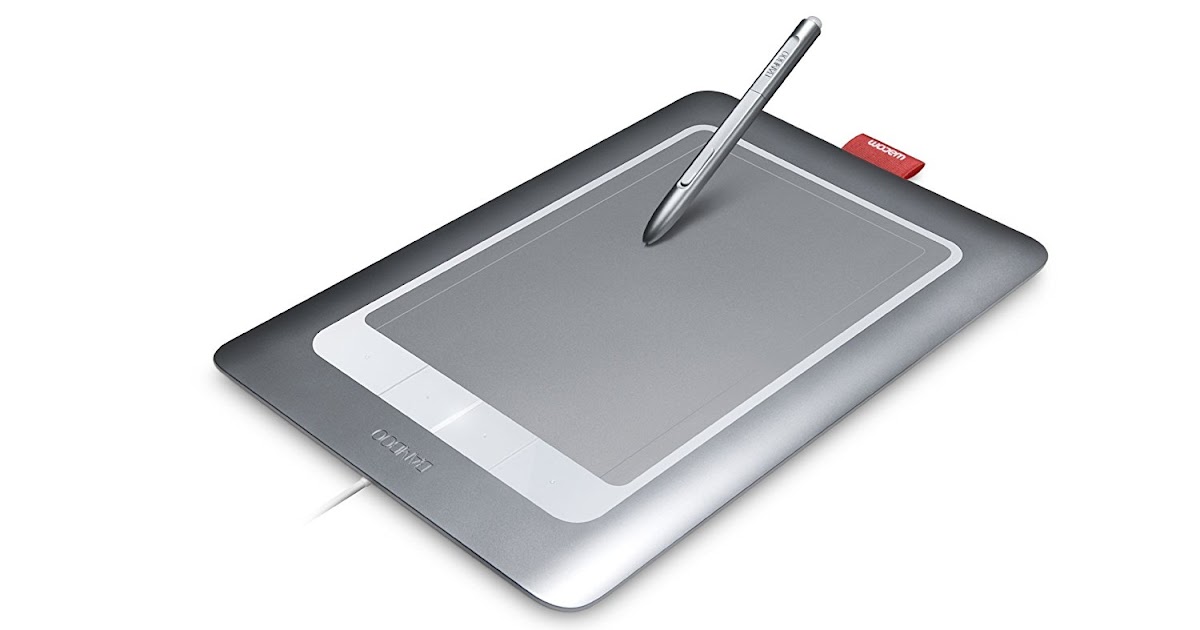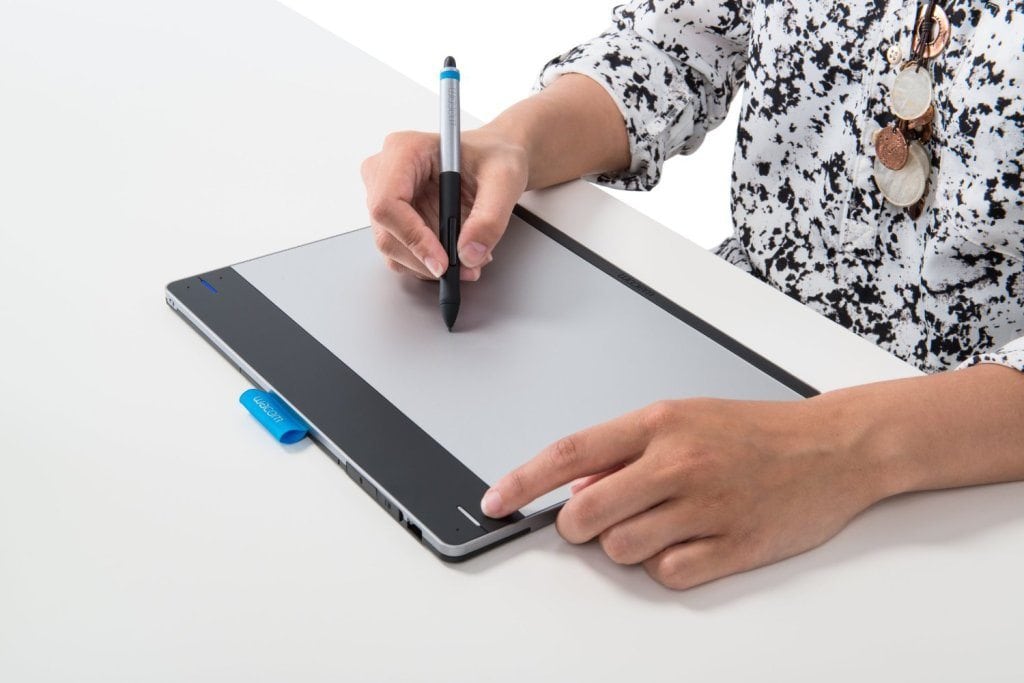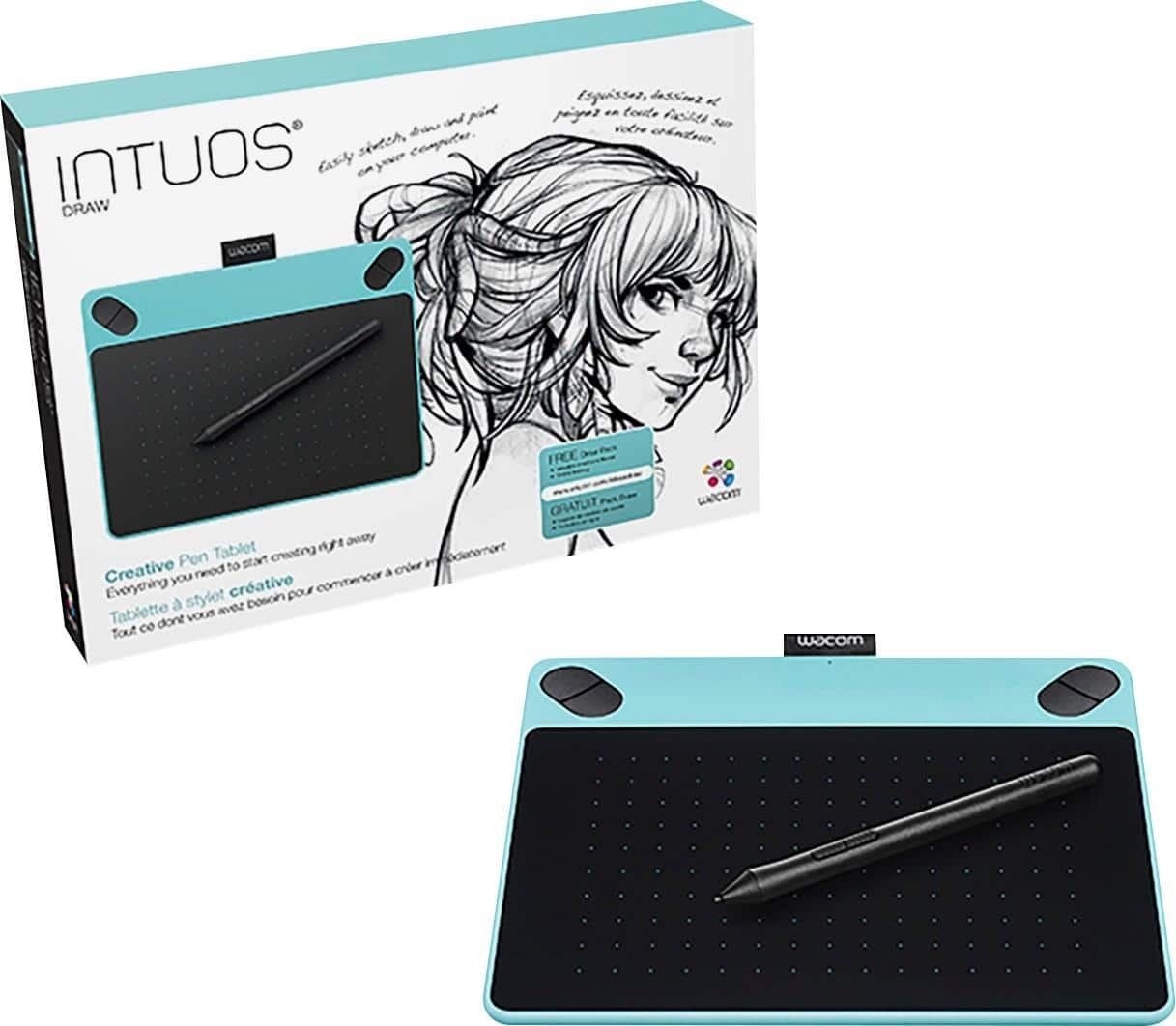- >>>
- >>>
- >>>
- Wacom Tablet
How to uninstall Wacom Tablet on Mac computer? If you encounter problem when trying to delete Wacom Tablet as well as its associated components, read through this removal tutorial and learn about how to perfectly remove any unwanted applications on your Mac.
Download Wacom CTH 470 Driver For Windows 10/8/7 And Mac Digital drawing And Graphics tablet Free. Bamboo Capture Small Pen & Touch Tablet wacomdriver.com provides complete information about driver and software for Wacom CTH 470 to make installation.
Things you should know about Mac app removal:
Uninstalling applications in macOS/Mac OS X is quite different from that in Windows operating system. In normal cases Mac users just need to simply drag and drop the target app to the Trash and then empty the Trash to perform the standard uninstallation. Generally speaking, most Mac applications are separate bundles that contain the executable and any associated resources for the app, and therefore users can easily remove any unwanted software (if they are installed properly) from their Macs.
However, a fact is often neglected that, even the stand-alone software may might still leave its configuration and preferences files on multiple system directories after you carry out a basic uninstall. These vestiges can be very small in size, thus leaving them alone may not affect your Mac performance, yet they can also be a large chunks of useless files that occupy a large portion of your hard drive space. In the latter case it is quite necessary to clean out those junk files from your Mac for complete removal.
For some novice users, they may have no idea how to remove Wacom Tablet in a proper way. Even for the experienced users, they may also get lost when trying to uninstall a problematic, stubborn or even malicious application. In this post we will discuss the following questions: (1) What is the correct way to uninstall Wacom Tablet? (2) How to ensure all its accompanying components are removed safely? And (3) is there a shortcut for both Mac novices and experts to take to accomplish Wacom Tablet removal effortlessly?
Conventional Steps to Uninstall Wacom Tablet for Mac
Prior to the removal of Wacom Tablet, you should first log into your Mac with an administrator account, and turn Wacom Tablet off if it is running. To deactivate an app, right click its icon in the dock and select Quit option (or choose Wacom Tablet > Quit Wacom Tablet on the Menu bar).
Also, you can access the Activity Monitor (located in /Applications/Utilities/ folder), and see if there is any background process pertaining to the app. If Wacom Tablet cannot be quit normally, you can select the app in Activity Monitor, click the large red “Quit Process” button in the left corner and click Force Quit button in the pop-up dialog.
Option 1: Drag Wacom Tablet icon to the Trash
- Open up the Finder, click Applications on the left side, and then select Wacom Tablet.
- Drag Wacom Tablet to the Trash (or right click on it and then select Move to Trash option).
- Right click the Trash icon and select Empty Trash option to start the uninstall.
This drag-to-delete method works in all versions of Mac OS X. Most 3rd party apps can be smoothly uninstalled in that way, but you cannot delete built-in apps by doing this. Some apps installed using the Mac package installer will prompt you for a password when you try to move it to the Trash. In any case you cannot move Wacom Tablet to the Trash or empty the Trash, try holding the Option key as you choose Empty Trash from the Finder menu, or reboot your Mac and try it again later.
Warming: It is important to point out that, emptying the Trash will instantly wipe off Wacom Tablet as well as other files you’ve thrown into the Trash, and that this act is irrevocable, so make sure you haven’t mistakenly deleted anything before emptying the Trash. Any time you change your mind and wanna undo the deletion of apps or files, just right click the item in the Trash and select Put Back option.
Option 2: Delete Wacom Tablet in the Launchpad
- Open up Launchpad, and type Wacom Tablet in the search box on the top.
- Click and hold Wacom Tablet icon with your mouse button until it starts to wiggle. Then click the “X” that appears on the left upper corner of Wacom Tablet to perform the uninstall.
This tap-and-hold method is applicable for the apps installed through the App Store, and it requires OS X lion or later. Once you click the X icon, the uninstallation of Wacom Tablet will be handled immediately, and there is no need to empty the Trash afterwards. This way cannot uninstall built-in apps as well.
Option 3: Launch Wacom Tablet built-in uninstaller
It is worth mentioning that, some applications for Mac come with their own dedicated uninstallers, e.g. Adobe and Microsoft. Those apps will install additional software to provide extended functions, or place library files and associated application dependencies elsewhere in OS X. You can manually delete all the accompanying components as well, but it would be better to run the specialized uninstaller to fully remove the application alone with its bundled software or associated items.
- Locate the Wacom Tablet installation file and double click to open it up.
- Select the [uninstaller] in the package and double click to run it.
- Follow the onscreen prompts to complete the uninstalling process.
To uninstall the software and plugins that don’t show up in the Application folder or come with a uninstaller, you are supposed to go to their official websites and look for their own downloadable uninstallers or the uninstallation instructions provided there. As for some apps that are built in macOS, you can either run commands in the Terminal to delete it, or try the uninstall tool offered in the last section of this post.
Delete Wacom Tablet Library Files, Caches & Preferences
Most OS X application are self-contained packages that can be easily uninstalled by dragging them to the Trash, but there are exceptions too. Some of you may wonder if the classic methods mentioned above help remove the associated files or folders created by Wacom Tablet. Well, even though completely uninstalling apps on OS X is much more simple than that on Windows, you may need to check if there are support and preference files left on your hard drive after Wacom Tablet has been deleted. Wacom Tablet vestiges may not do much harm to your system but do take up a certain disk space. Therefore, if you are not gonna use Wacom Tablet any more, these remnants can be deleted permanently.
There are tow locations where apps store their preferences and supporting files, and both are named Library. Apart from these files, Wacom Tablet may also scatter its components like login items, startup daemons/agents, or kernel extensions around the system.
To remove all the traces of Wacom Tablet from your Mac, do the following steps:
Part 1. Top Level Library on Hard Disk: /Library
- Open the Finder, click on the Go from the Menu Bar, and select Go to Folder.
- Type the path of the top level Library on hard disk: /Library, and hit Enter key.
- Search for the items with the name of Wacom Tablet in the following locations:
- /Library
- /Library/Caches
- /Library/Preferences
- /Library/Application Support
- /Library/LaunchAgents
- /Library/LaunchDaemons
- /Library/PreferencePanes
- /Library/StartupItems
- Right click the matched files or folders, and select Move to Trash option.

Part 2. User Library inside Home Folder(~/Library)
- Head to Go > Go to Folder, type ~Library in the box and hit Enter key.
- Identify and delete the similar named files or folders in the same set of folders:
- ~/Library
- ~/Library/Caches
- ~/Library/Preferences
- ~/Library/Application Support
- ~/Library/LaunchAgents
- ~/Library/LaunchDaemons
- ~/Library/PreferencePanes
- ~/Library/StartupItems
- Empty the Trash to delete Wacom Tablet leftovers permanently.
Application components may appear in a wide range of locations, including but not limited to the aforementioned file paths. For instance, some antivirus and security software will install additional kernel extensions which are by default located in /System/Library/Extensions. For the leftovers that are not obvious to identify, you might do a Google search for the app components, and perform the removal carefully.
Manually deleting Wacom Tablet leftovers can be a laborious task for inexperienced Mac users. If you are still not sure how to delete app remnants entirely, or you would like to save time in removing Wacom Tablet alone with all its remnants, well, utilizing a professional removal tool is a better option for you, compared with the manual removal.
Effective Solution to Thoroughly Remove Wacom Tablet
Look for an all-in-one solution to handling any application removal on your Mac? You might need the help of a specialized and advanced Mac uninstaller, which will spare you from the tedious searching for app vestiges. A outstanding uninstaller should be featured by intuitive interface, easy operation, powerful performance, and satisfactory effects. Now you can get all of these features in Osx Uninstaller.

Utilizing Osx Uninstaller can be the most effective way to remove any corrupted, stubborn and malicious application for your Mac. It will scan your whole system for every piece of target application and then remove them in one click, thus to finally free up your Mac hard disk space. Continue reading to know more about this tool.
Wacom Software Mac
Q1: How to remove Wacom Tablet by using Osx Uninstaller?
Step 1. Launch Osx Uninstaller in the Launchpad after quiting Wacom Tablet in the Dock.Step 2. Select Wacom Tablet on the interface and click Run Analysis button to scan Wacom Tablet.Step 3. Click Complete Uninstall in Step 2, and click Yes to confirm removal.After you click Yes in the dialog, the uninstall process will be activated immediately, and you will be informed that Wacom Tablet has been successfully removed. The whole process is quite straightforward (3 steps: launch - select - remove), and it may take only a few seconds to complete. Fast and simple, right? Just give it a try now!
Q2: Why is it better to apply Osx Uninstaller?
A clean uninstall of unwanted application is what most computer users desire for, but manually hunting down app stuffs is never an easy job to do. Once you start to use Osx Unisntaller, there is no need to manually locate app files left behind any more. You will save the trouble of crawling over the system looking for ambiguous remnants, and you don’t have to deal with various uninstall problems that may occur.
Osx Uninstaller, an high-efficient uninstall utility designed for Mac, helps remove not only the built-in applications but also the software and plugins that don’t appear in the Application folder. You can download this removal tool for free and try it out first. If you think it meets your demand, you can pay for the full version.
Summary: This guide offers several approaches to uninstall Wacom Tablet on Mac. The manual ways require more time and skills to ensure a clean, complete uninstallation, while the automated uninstaller could handle any app removal smoothly and swiftly.
Mac Tips & Tricks: How to Manage Startup Items?
Thank you for reading this post. Does it help resolve your uninstall issues? We will be glad if you share your thoughts or any suggestion about this removal guide.
Wacom Tablet Mac Driver
Recent Posts
Popular Categories
Related Mac Removal Posts
Comment
Wacom tablets are a gift to the creative world: they are in-demand graphics tablets or pen tablets, generally used in the graphic design industry or by digital artists to draw by hand or capture images or graphics in digital form. The information is displayed on the monitor of a connected Mac or personal computer.
These tablets are made up of so many different models and essentially designed to allow someone to digitally doodle straight into the computer, among many tasks. They allow hand-drawn work to be digitized, with a few advantages over click-and-point navigation. The pen, for one, has a pressure-sensitive system to determine things like a line’s thickness or to efficiently capture handwritten notations.
Some Wacom tablet users, however, have encountered issues since updating to macOS High Sierra. Released back in September 2017, macOS 10.13 High Sierra caused problems with Wacom users who upgraded to it and eventually noticed that their tablets wouldn’t work.
In February this year, Wacom rolled out a software update that covered most of its newer-generation tablets, asserting that it has fixed issues and added improvements. The driver release, for instance, supports the Wacom Intuos pen tablet, accommodating new functions and making the device registration process easier. Learn more about this update here.
A couple of issues involving Wacom tablets and Sierra still exist, with complaints such as difficulty clicking on the device. In online forums, a couple of users using Wacom Bamboo CTH-470 find that the touch capability isn’t working across High Sierra as well as Mojave.
Some users have tried uninstalling potentially problematic drivers, reinstalling the Wacom drivers, and trying their luck with past versions, yet nothing much worked.
These issues could mean a thousand different things, but there’s no harm in ensuring that you’re installing the correct Wacom driver in your system. Follow these steps:
- Make sure that your tablet is disconnected from the computer.
- From the desktop, go to Go > Applications. There, look for the Wacom folder listed and open Wacom Tablet Utility. Click on the Remove
- Restart your computer.
- Download and install the latest driver here.
- Restart your computer again.
- Once the system is fully loaded once again, connect the tablet to your computer and see if everything’s working fine by now.

For the CTH-470 touch capability glitch, several users found success in reinstalling the last driver for the tablet and following these steps:
- Go to Systems Preferences > Security & Privacy > Privacy > Accessibility.
- Add Consumer Pen Driver, Pen Tablet Driver, Wacom Utility (choose from Apps folder > Wacom).
- Afterwards, proceed to Applications > Wacom Tablet > Welcome Desktop Center > Backup Settings. Choose Reset Settings.
- See if things are working well on your end now.
When faced with the double clicking issue, try these steps:
- Go to Systems Preferences > Accessibility > Mouse/Trackpad.
- Set Double Click Speed slider to Fast.
- Check if changing this accessibility setting works.
These issues highlight the importance of regularly updating drivers and keeping your computer clean and optimized for top performance. Use tools like Tweakbit Mac Repair to scan your machine for all types of junk and clear valuable space by eliminating unnecessary apps and other space hogs.
We hope your Wacom-High Sierra issues get resolved with these simple techniques, and that those creative juices flow uninterrupted once again with your working tablet. Good luck and let us know which fixes actually made a difference for you!